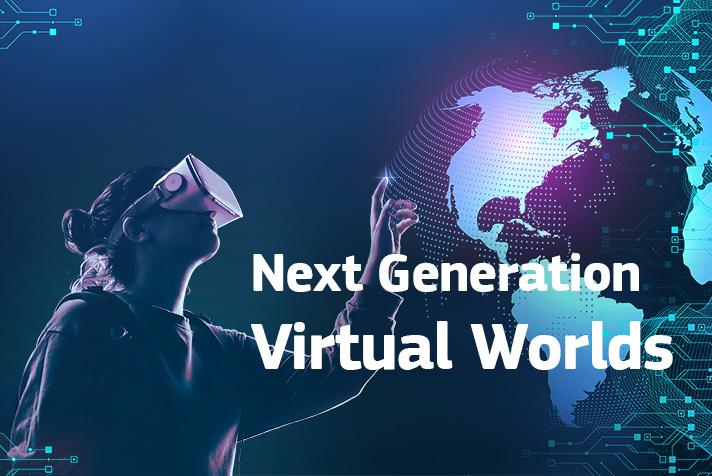
A new report highlights the emergence of next generation virtual worlds, that intertwine virtual, digital, and physical realities into highly immersive experiences. These ground-breaking virtual environments are expected to bring transformative shifts in technology, society, and the economy. However, their future is dependent on key technological drivers, industry stakeholders, and adopters, making predictions challenging.
Why now?
The integration of innovative technologies such as virtual reality, augmented reality, blockchain, cyber-physical systems, AI, and 5G networks into the rapidly evolving Web 3.0 is accelerating at an unprecedented pace. These technologies, along with future advancements, will serve as the foundations for next generation virtual worlds, enabling large-scale interactive experiences that everyone can access.
Presenting the many opportunities of these future virtual worlds, the report also assesses their technical, societal, economic, and legal challenges. Challenges and uncertainties range from privacy, security concerns, ethical considerations and impact on cognition and psychology, to the possible influence on the economy, including on competition and taxation. It will be important to balance the opportunity-risk trade-off from the early stages of development and deployment.
Where are virtual worlds being used?
Education is highlighted as a significant area where virtual worlds can bring about transformative changes. New ways of learning through shared and distributed virtual experiences have the potential to increase collaborative learning and exploration. However, the design of educational virtual worlds must adhere to principles grounded in developmental psychology and learning sciences, prioritising human rights such as privacy, safety, and non-discrimination.
In healthcare and manufacturing, next generation virtual worlds bring new opportunities for improved medical analysis, diagnosis, surgeries, and therapies. In the manufacturing industry, simulations, digital twins and new business models facilitated by virtual worlds can enhance product design, productivity, quality management and logistics.
Early examples of delivering public services in virtual words already demonstrate the potential for increased citizen participation in policymaking. At the same time, it is important to start reflecting on ownership, responsibility, accountability or questions around accessibility, ensuring that all can access basic public services in next generation virtual worlds.
How big are virtual worlds in the EU?
The analysis of large amount of microdata through the JRC Digital Techno-Economic ecoSystem (DGTES) approach sheds light on the current landscape of the digital techno-economic sector of virtual worlds.
Some 3 700 firms, research and government bodies in the EU operate in the virtual worlds subdomain (about 24% of the global total). In the EU, there is a smaller share of firms (63%) and a much larger share of research institutions and universities (29%) than the global virtual worlds subdomain. EU-funded projects involve 2 065 players, implying that more than half (55%) of the European players in the virtual worlds subdomain are involved in an EU-funded project relating to virtual worlds.
This evolving landscape will likely require a new response from policymakers in the EU. It is essential to create an environment that fosters both economic growth and the evolution of digital technology players, while prioritising responsible and fair virtual worlds.
To harness the opportunity of virtual worlds in line with EU values, the Commission will soon be launching a new initiative on virtual worlds, as mentioned in President von der Leyen’s 2022 State of the Union letter of intent.
Sources
Details
- Publication date
- 3 July 2023
- Author
- Joint Research Centre
- JRC portfolios





